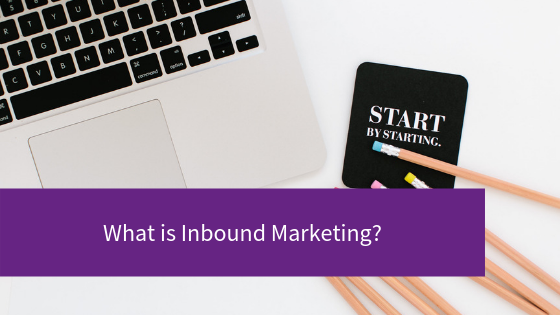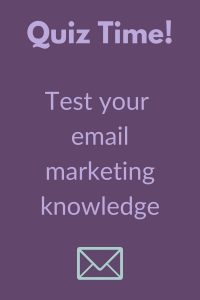Inbound marketing, a phrase coined by Hubspot, is an important part of your marketing strategy if you’re serious about attracting customers.
There’s a lot of jargon in social media which can make it appear confusing. And if something is confusing then you’re likely to turn away. As a small business owner, you have enough to do without learning the ins and outs of social media. However, it’s important to know what this means because it’s vital to your audience building.
So let’s look at what inbound marketing means in simple terms.
Simply put, inbound marketing is about attracting customers to your business using a variety of online techniques.
Inbound marketing tools include blogs, social media, webinars, Messaging apps, infographics and e-books. The point of this digital content is to inform, educate and inspire your customers and prospects.
Let me give you an analogy.
Imagine you own and run a coffee shop serving the best coffee and cakes in town.
With old style ‘outbound’ marketing, you would be stepping outside of the cafe to find your customers. Perhaps you’d be walking into the town square to hand out flyers or maybe put an advert on local radio.
The things is, you have no idea if the people taking your flyer are at all interested in your coffee shop. Indeed, they may only be passing through the town. You also have no real idea who is listening to your radio advert.
Outbound is expensive and hard to measure results accurately.
Now, with inbound marketing, you’re standing at the door of your café and you’re welcoming people in. These potential customers have found out about the café by reading your blog on the 10 different types of coffee or hey watched your video behind the scenes on how you make the delicious cakes you sell.
They might also have read your article about how you’ve created a reading community hub around the café or watched your video of you visiting a coffee producer in Vietnam who the café now sponsors (with the help of the customers). Whatever they’ve consumed has attracted them to you. They have specifically come into your café because of your content. And they looked at your content because they like coffee and visiting coffee shops.
Once they’re ‘in’, you then nurture or engage them. You show them more about what you offer with further content, emails, perhaps events.
By nurturing your prospect, you keep them warm and provide them with the information they need to make an informed decision about your products or services. It used to be said that a prospect had to touch your business 6x before making a decision. Last week I heard this had increased to 21 times!
By the time consumers have contacted a business, they are actually 70% of the way through their buying journey! The decision they come to may be that they go elsewhere, but that’s ok. What’s happened is that they have self-qualified, which means for you less time on the phone or email talking with prospects who aren’t your ideal client.
Unlike outbound, with inbound you can measure how many people are reading your blog posts or watching your videos. It’s also much cheaper to produce this type of content, particularly with sharing on social media and word of mouth.
According to the Content Marketing Institute, content marketing gets three times more leads than paid search advertising (Source: https://www.hubspot.com/marketing-statistics)
Inbound marketing gives results and as much as 53% of businesses using inbound marketing see a higher return on investment
Using inbound can help you shorten the time between getting a new lead and them making a decision. Giving them the content they want, answering their questions before they’ve even thought of them, providing expert, targeted content, will build the trust factor in your prospect.
If you’re struggling with what type of content to produce, wondering what to talk about and share then contact me to arrange a Content Marketing Shift.


